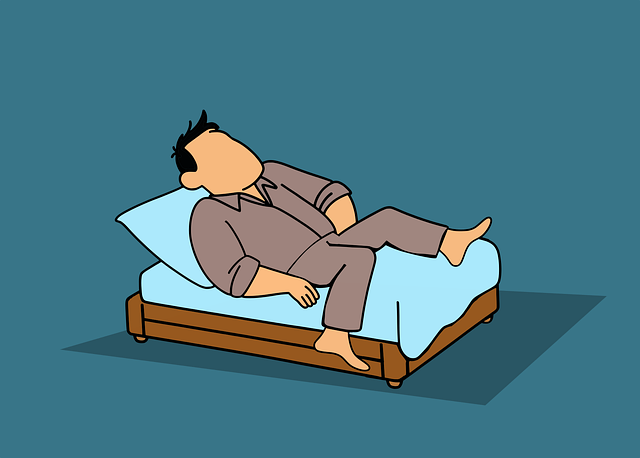Exceeding recommended melatonin dosages (0.5mg-10mg per day for adults) can lead to adverse effects ranging from nausea and headaches to severe hallucinations and confusion, varying based on age, health status, and sensitivity. Children and those with medical conditions are particularly at risk. Safe use requires understanding individual needs and consulting healthcare providers, as excessive consumption may disrupt sleep-wake cycles, cause gastrointestinal issues, impact cognitive function, and interact with medications.
Melatonin safety is a crucial topic for those considering its use as a sleep aid. While it’s naturally produced by our bodies, exogenous melatonin supplements can have powerful effects. This article delves into the safe boundaries of melatonin dosage, exploring how factors like age and health conditions influence its safety. We’ll also dissect potential risks and side effects associated with excessive consumption, shedding light on the critical question: how much melatonin is dangerous?
- Melatonin Dosage: Understanding Safe Levels
- Factors Influencing Melatonin Safety
- Potential Risks and Side Effects of Excessive Melatonin Consumption
Melatonin Dosage: Understanding Safe Levels

Melatonin dosage, while often used for its sleep-regulating properties, should be approached with caution to avoid potential dangers. The safe level of melatonin intake varies from person to person, influenced by factors like age, health status, and individual sensitivity. Generally, for adults, a typical range considered safe is between 0.5mg to 10mg per day. However, exceeding this threshold, especially in doses above 30mg daily, can lead to adverse effects.
“How much melatonin is dangerous?” isn’t a simple question as toxicities can occur at varying levels. Side effects of excessive melatonin intake may include nausea, headaches, fatigue, and in severe cases, hallucinations and confusion. It’s crucial to stick to recommended dosages and consult healthcare professionals for personalized guidance, especially if you’re managing existing health conditions or taking other medications.
Factors Influencing Melatonin Safety

Melatonin safety isn’t a one-size-fits-all concept. Several factors influence how much melatonin is dangerous, including age, overall health, and individual metabolism. Children and teenagers are particularly vulnerable; excessive melatonin can disrupt their growth and development rhythms. Those with underlying medical conditions or taking certain medications may also experience adverse effects at lower doses than others.
“How much melatonin is dangerous?” isn’t a straightforward question. It depends on the individual. Overconsumption can lead to sleepiness, dizziness, headaches, and gastrointestinal issues. At very high levels, it can cause serious side effects like hypotension, seizures, and respiratory depression. Understanding your body and consulting with a healthcare provider before supplementing with melatonin is crucial to ensure safe use.
Potential Risks and Side Effects of Excessive Melatonin Consumption

While melatonin is generally safe when used appropriately, excessive consumption can lead to potential risks and side effects. How much melatonin is dangerous varies from person to person, but studies have identified certain thresholds that can cause adverse reactions. At high doses, melatonin may disrupt natural sleep-wake cycles, leading to insomnia or a persistent state of drowsiness. It can also cause gastrointestinal issues like nausea, vomiting, and abdominal pain.
Additionally, excessive melatonin intake might interact with certain medications, affecting their effectiveness or increasing the risk of side effects. People with underlying health conditions, such as diabetes, heart disease, or thyroid disorders, should exercise extra caution, as melatonin could potentially worsen their symptoms. Furthermore, long-term use of high doses may impact cognitive function and mood, though more research is needed to fully understand these effects.
Understanding melatonin safety involves knowing both optimal dosages and dangerous thresholds. While melatonin is generally considered safe at recommended levels, excessive consumption can lead to side effects such as nausea, headaches, and disrupted circadian rhythms. It’s crucial to stay within the safe range, typically between 0.5 to 10 mg for adults, and consult a healthcare provider before exceeding these limits. How much melatonin is dangerous varies based on individual factors, so being aware of personal tolerance and seeking professional guidance is essential to avoiding adverse effects.

